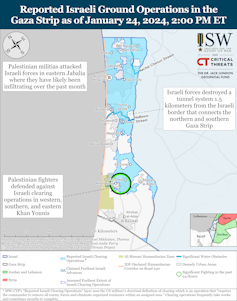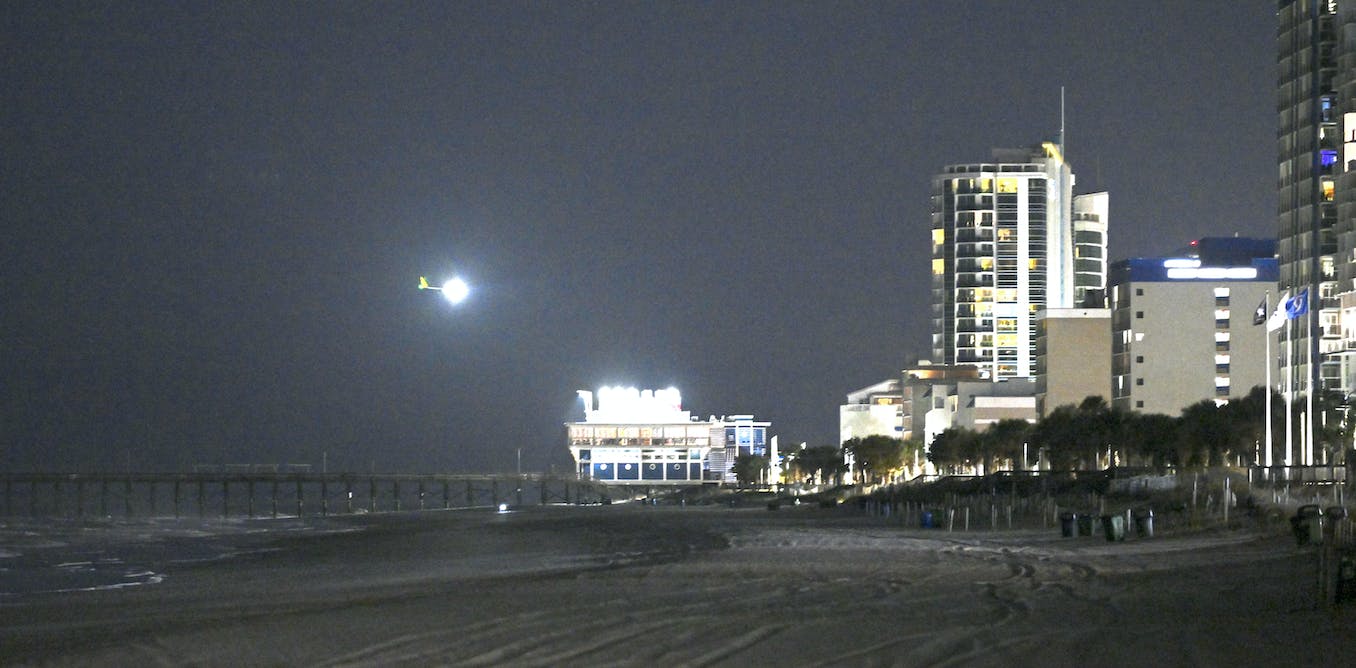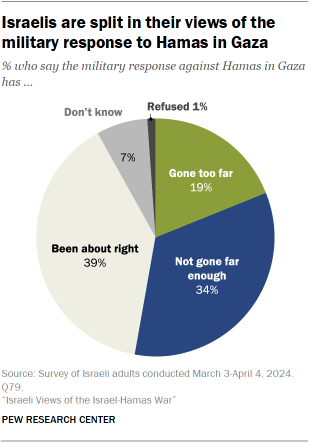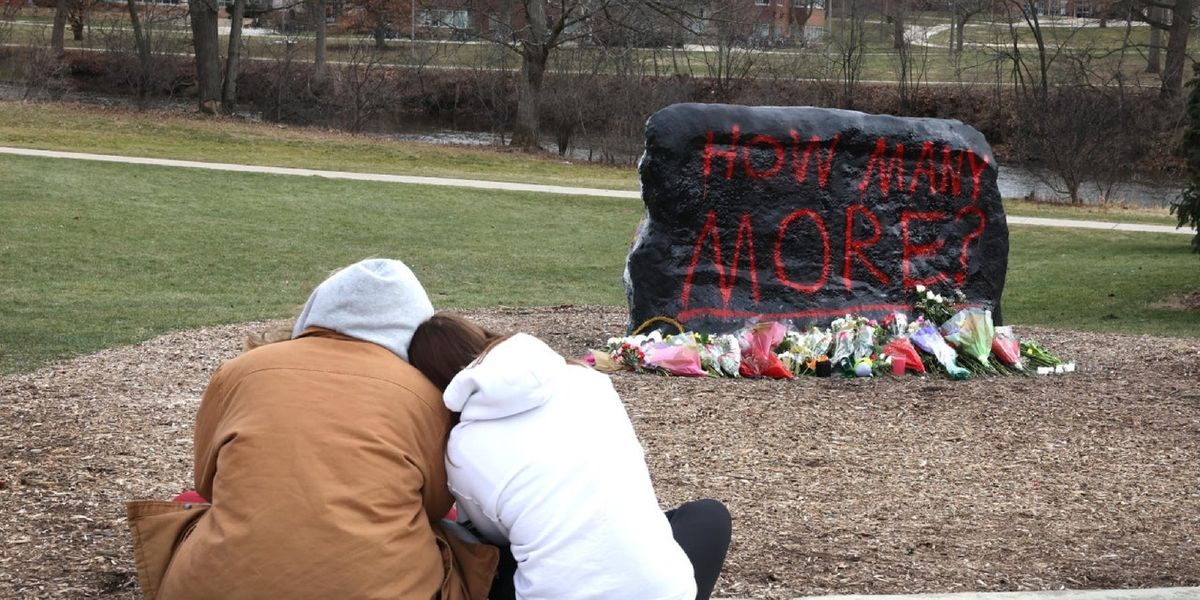No sooner were the international media reporting this week that Israel had proposed a pause of up to two months in its assault on Gaza to allow for a prisoner-hostage exchange and the delivery of humanitarian aid, than Benjamin Netanyahu declared there would be no ceasefire and that “we will not stop fighting until total victory”.
The Israeli prime minister was commenting as he paid tribute to 24 soldiers of the Israel Defense Forces (IDF) who were killed in the fighting with Hamas on January 22. Netanyahu has also rejected out of hand the idea of a two-state solution to the conflict as an “existential danger to Israel”. There will, he says, be no Palestinian state.
Institute for the Study of War
Certainly, there are few signs that the fighting on the ground in Gaza is going to end anytime soon. The Institute for the Study of War, which has been closely tracking developments in the conflict, has identified renewed fighting in the north of Gaza as well as in Khan Younis, which has been the focus of the IDF’s drive south.
As Gaza’s civilians are pushed into ever smaller and more crowded enclaves in the south of the Strip, it seems Hamas fighters have been able to reoccupy some of the areas that Israel had thought were clear of militant activity. And so the killing continues and the death toll, according to reports from the Hamas-controlled Gaza health ministry, has risen to 25,700.
Iran’s regional ambitions
Apart from the sheer scale of the killing in Gaza, the big fear for many is that the conflict will morph into a regional conflagration. This has seemed to be borne out recently by the US and UK airstrikes against Iran-backed Houthi rebels, in response to the Houthi’s attacks on shipping in the Red Sea.

Gaza Update is available as a fortnightly email newsletter. Click here to get our updates directly in your inbox.
How would Iran respond? The Islamic Republic already controls Hezbollah, which is harassing IDF units along Israel’s border with Lebanon, and also has a list of proxies doing its bidding in Iraq and Syria.
James Horncastle, a professor of international relations at Simon Fraser University in Canada, cautions that the western airstrikes in Yemen could have unintended consequences, as seen in Iran’s retaliatory strikes against targets in Iraq, Syria – and even Pakistan.
Western strikes against Houthis risk igniting a powderkeg in the Middle East
For Nir Barkat, Israel’s economy minister and number two in Netanyahu’s Likud party, this conflict is a “really big opportunity” for Israel to rid itself of any threat from Iran. He told the Telegraph:
Iran is a legitimate target for Israel. They will not get away with it. The head of the snake is Tehran … And we should very very clearly make sure the Iranians understand that they will not get away with using proxies against Israel and sleep good at night if we don’t sleep good at night.
But many close analysts of the Middle East conflict believe that Iran’s role as “puppetmaster” in the region is overplayed. Simon Mabon, an expert in Middle East security at Lancaster University, thinks this oversimplifies what is a far more complex set of relationships. Iran has limited control over the groups it supports, he writes, despite offering money and, in some cases, training to militant groups in the region.
However, this could in fact be even more of a concern – in that the more moving parts this conflict develops, the more that unintended consequences of any one player’s actions might spiral out of control.
Iran is not the regional puppetmaster many think and risks losing control if the current crisis escalates
Ben Soodavar, meanwhile, believes the threat from Iran remains critical. Soodavar, a researcher in the department of war studies at King’s College London, believes Donald Trump and his foreign policy advisers were seriously misguided when they pulled the US unilaterally out of the nuclear deal signed in 2015 with Iran, the P5+1 (the permanent members of the UN security council plus Germany), and the EU.
He writes that Iran remains hell-bent on developing a nuclear capability, which it would then leverage to disrupt the Middle East even more, possibly sparking a dangerous arms race with Saudi Arabia. Coming up with a policy of deterrence to persuade Iranian hawks of the folly of this should be a key focus for the US and its allies.
Iran’s increased belligerence and nuclear ambitions show why the west needs a more robust policy of deterrence
Red Sea fears
Whether or not they are directly doing Tehran’s bidding, attacks by the Houthi rebels on shipping off the strategic Bab el-Mandeb Strait continue to disrupt one of the world’s most important trade routes. The Suez canal accounts for 12% of global trade. It’s possible to avoid the canal, of course, but this means taking the long way round the Cape of Good Hope, adding two weeks and an estimated US$1 million to the cost of transporting the average cargo.
As if to demonstrate that it never rains but it pours, various other key trade chokepoints are under pressure: drought in the Panama Canal is making that route less accessible while taking goods overland across Russia, always an option in the past, is no longer viable given the war in Ukraine.
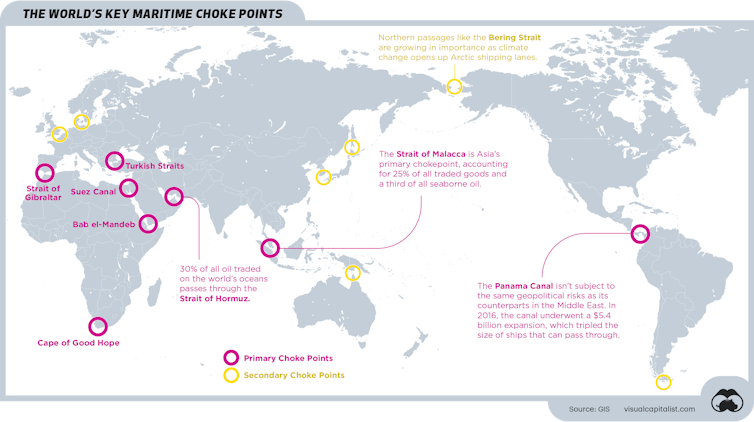
GIS/visualcapitalist.com
Sarah Schiffling of the Hanken School of Economics and Matthew Tickle of the University of Liverpool, both experts in global trade and supply chains, are concerned the conflict could infect shipping going in the Strait of Hormuz between Iran and Oman, through which about 30% of oil shipped by sea must pass and which already has a long history of tensions. Choking traffic through Hormuz could represent a real disaster, they write.
Red Sea crisis: Suez Canal is not the only ‘choke point’ that threatens to disrupt global supply chains
Is Israel guilty of genocide in Gaza?
Sometime in the next 24 hours (on January 26), the International Court of Justice (ICJ) at the Hague is due to deliver its interim ruling on South Africa’s genocide case against Israel. Carlo Aldrovandi, an expert in international security at Trinity College Dublin, listened in as both sides laid out their cases.
Gaza war: how South Africa’s genocide case against Israel is shaping up
Meanwhile Victor Peskin, a professor of politics and global studies at the University of Arizona, considers what happens after the ICJ delivers its ruling. Does the court have any powers of enforcement beyond a purely moral obligation to act? As far as Peskin is concerned, the ICJ’s track record gives little cause for optimism that anything will be resolved anytime soon.
What enforcement power does the International Court of Justice have in South Africa’s genocide case against Israel?
Breeding grounds for terror
While the eyes of the world are fixed on the rising death toll on the Gaza Strip, the longstanding conflict between militant settlers and residents of the occupied West Bank has continued pretty much unabated through the crisis. The most recent estimates are that nearly 400 Palestinians have been killed in clashes with the Israeli settlers.
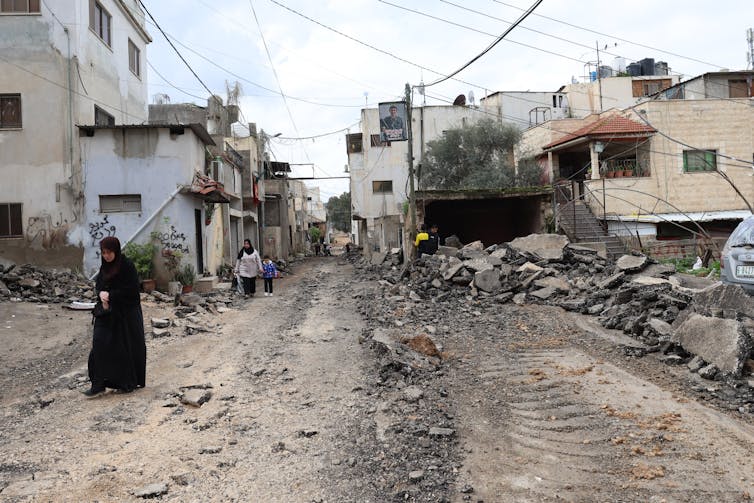
EPA-EFE/Alaa Badarneh
Anna Lippman, who researches settler aggression in the West Bank, says that 16 villages have been displaced since October 7, with many farmers now cut off from their crops and livestock. She and her team were recently in the Masafer Yatta region in the southern West Bank, not only to protest against settler violence directed at West Bank families, but also to ensure that crops are watered and livestock fed, helping out those farmers too terrified to do it themselves.
The scene in the West Bank’s Masafer Yatta: Palestinians face escalating Israeli efforts to displace them
There is no doubt that the continuing occupation and brutalisation of Palestinians has made both the West Bank and Gaza – as well as refugee camps in neighbouring countries – fertile ground for recruiting fighters.
But interestingly, there’s little direct connection between poverty or poor education and terrorism. In fact, as Junaid B. Jahangir of MacEwan University in Canada writes, a study of the economics of terrorism suggests that those recruited as suicide bombers have tended to have a higher education and economic status than the average Palestinian.
Economic theory has some fascinating insights to offer when considering this long-running conflict, Jahangir believes – and may even provide some ideas about how to tackle the problem over the long term.
How economics can shed light on the motivations of extremist groups like Hamas
Finally, it’s worth remembering that a lot of what we know about what’s happening in Gaza is thanks to the brave journalists who risk their lives to bring reports and footage to international attention. They do so at great risk to their own lives and those of their families.
According to a report by the Committee to Project Journalists published on January 20, 83 journalists and media workers have been confirmed dead in Gaza since October 2023, of which 76 were Palestinian, four were Israeli and three were Lebanese. Colleen Murrell, a professor of journalism at Dublin City University, says the big question is whether Israeli occupying forces are deliberately targeting these media workers.
But history tells us it’s extremely unlikely anyone will be held to account for the killing of these vital witnesses.
Gaza: high numbers of journalists are being killed but it’s hard to prove they’re being targeted
Gaza Update is available as a fortnightly email newsletter. Click here to get our updates directly in your inbox.

